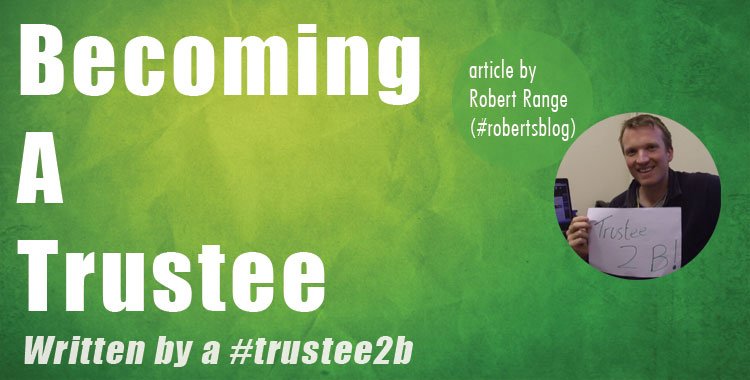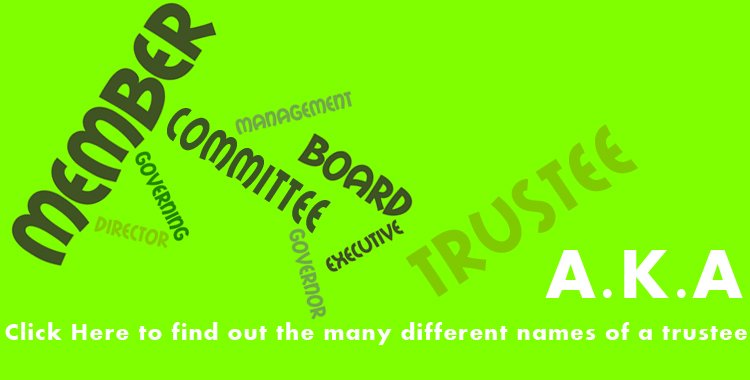The Crooked Treasurer

On the 16th January the Harrow Observer reported a ‘crooked Treasurer’ stole £50k from the Holy Innocents Church in Kingsbury. The question is why was this Treasurer able to commit this crime? Was it because far too much trust was placed on one individual too soon who then abused the trust? It is good practice […]
The Top 18 #TrusteesWeek Tweets

1. Happy #trusteesweek to all out there. Great volunteers doing awesome work driving organisations forward across the UK #thanks — Stephen Hill (@MrStephenHill) November 4, 2013 2. Happy #trusteesweek! I’m a trusty charity trustee and proud of it 🙂 — Lucy Caldicott (@LucyCaldicott) November 4, 2013 3. Me three! RT @m_sherrington: Me too! RT“@LucyCaldicott: Happy […]
the GOOD, the BAD, & the UGLY
Supporting strategic management in volunteers When volunteering really works, there’s not much of a limit to what can be achieved. You’re a team, you’re capable, you’re motivated and you’re essential. But none of this happens without proper co-ordination and behind every great team of volunteers is a manager working extremely hard to keep it all […]
Choosing the Right Chairperson

The trustee board of a charity or voluntary organisation is, in most cases, going to be made up of uniquely passionate individuals, fully invested in the operations and success of their cause and deeply concerned with the quality of their organisation’s decision making. Concentrated passion and enthusiasm like this is a priceless asset to anybody, […]
Trustee Photo Competition

The theme for our first ever photo competition is ‘Harrow‘ and we’re accepting entries from Trustees and #Trustee2B’s. Not sure what a trustee is? Anyone responsible for the general control and management of the administration of a charity. (For more details, click here) Not sure what a #trustee2B is? Anyone who wants to be placed, or is in the process […]
How accessible is YOUR website?

Though an undoubtedly dubious honour to receive, to the winner of this year’s ‘Canada’s Worst Charity Website’ went an invaluable prize: a full website makeover courtesy of the competition’s organisers, Rtraction. And a fierce competition this most certainly was as the charity sector is home to some of the clunkiest, most unsightly and out-dated websites in existence, something that urgently […]
Can you volunteer as an Independent Visitor?
Supporting volunteering opportunities The project’s aims are to identify, train and then support the ONE4U Independent Visitor to champion and befriend an individual child or young person. Helping them to aim higher and achieve goals that all children and young people should achieve with the right encouragement. Full training will be given and you will be supported […]
Social Circles

Find us on … Follow us on Twitter Like us on Facebook Connect on LinkedIn Join our Harrow Trustee Group Watch us on YouTube Search us on Skype Using Google+? E-mail us Get inspired on Pinterest
Becoming a Trustee

Written by a non-trustee I have never felt the urge to become a trustee because I felt I lacked the skills and experience. But I have realised people at my age, 27, can become a trustee as long as they have an interest in the organisations work and the relevant skills. It’s so important for […]
Trustees have many different names

Different names, same roles and responsibilities Charity Trustees have many names: Management Committee Member Executive Committee Member Governing Board Member Non-Executive Director Board Member Governor Director Chair/Chairman Treasurer Trustee Anyone responsible for the general control and management of the administration of a charity is a trustee.


